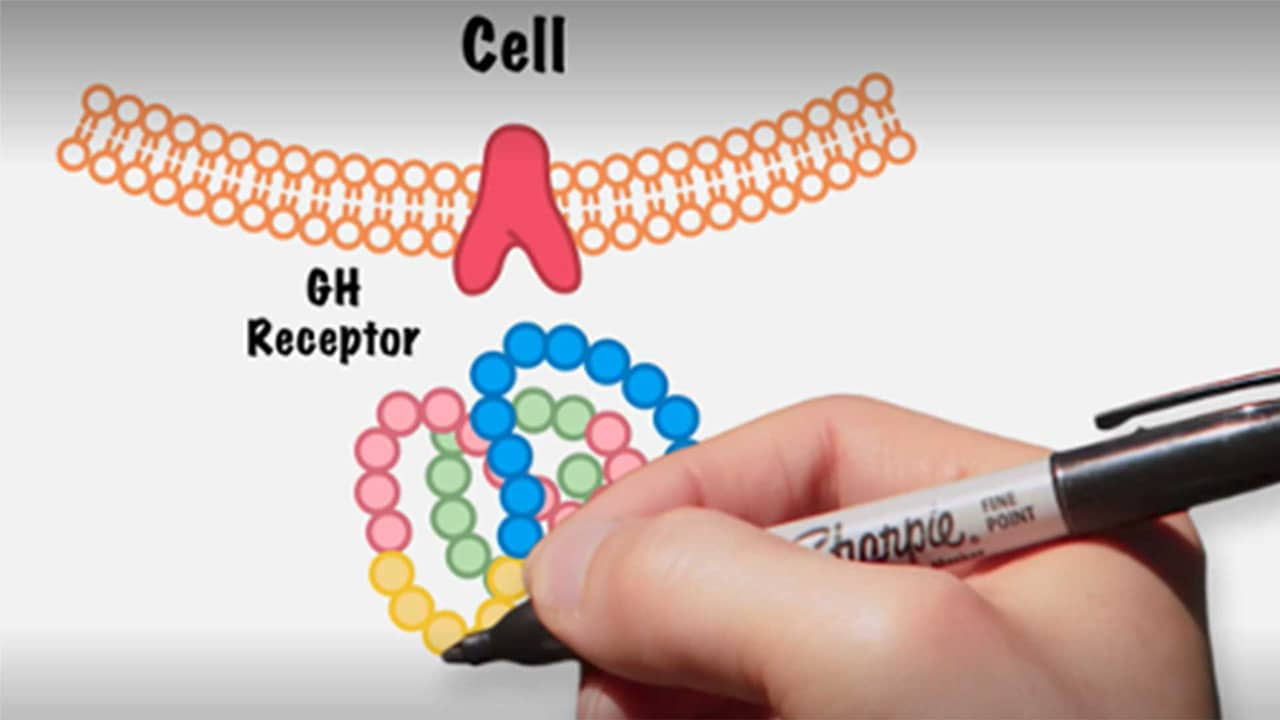Abstract and Introduction
Abstract
Objective: Growth hormone stimulation testing (GHST) is used to diagnose growth hormone deficiency (GHD) in children. As sex steroids impact on anterior pituitary function, there is concern around the efficacy of GHST in peripubertal children, where endogenous sex steroid levels are low. Sex steroid priming before GHST is thought to improve test efficacy in these children, however evidence to support its use in clinical practice is limited. In this systematic review, we addressed the following research questions: Does priming increase GH stimulation test efficacy in peripubertal children? Does priming identify those who would benefit most from treatment in terms of final height? Is there evidence for an optimal sex-steroid priming regimen?
Design, Patients, Measurements: The study was registered with PROSPERO and conducted according to PRISMA guidelines. We searched Medline, Cochrane-Library, Scopus, EMBASE and Web-of-Science and included all studies that included GHST in both primed and unprimed children. A GH cut-off of 7 μg/L was used as a threshold for GHD. Study quality was assessed using the Risk-Of-Bias in Non- Randomized Studies (ROBINS-I) tool or the revised Cochrane risk-of-bias tool for Randomised trials.
Results: Fifteen studies met our inclusion criteria, of which 4/15 (27%) were randomised control trials. The majority (9/15) of the studies indicated that priming increases growth hormone response upon GHST in peripubertal children, increasing test specificity. Two studies investigated final height after treatment based on the results of primed versus unprimed GHST. These results indicate that growth hormone treatment based on results of a primed GHST improve outcomes compared with treatment based on an unprimed test.
Conclusion: Sex-steroid priming increases the growth hormone response during GHST, resulting in fewer patients meeting the threshold required for a diagnosis of GHD. Unnecessary GH treatment may be avoided in some patients without a detrimental effect on final height. Numerous sex-steroid priming regimens have been used in clinical practice and the majority appear to be effective, but an optimal regimen has not been determined.
Introduction
Children presenting in the peripubertal period with short stature, decreased growth velocity or failure to undergo a pubertal growth spurt require endocrine evaluation. In such cases differentiating growth-hormone deficiency (GHD) from non-GH-deficient constitutional delay of growth and puberty (CDGP), idiopathic short stature (ISS) and other causes of short stature is required. Growth hormone stimulation tests (GHST) are required to diagnose GHD and are based on the concept of a pharmacological agent acutely stimulating pituitary GH secretion. Accurate diagnosis of GHD and treatment with recombinant human growth hormone (r-GH) is important to achieve adult height (AH) potential.[1] Conversely re-testing of children identified as GHD when they reach final adult height, often reveals GH sufficiency,[2–4] questioning the accuracy of the original diagnosis and the impact of GH treatment.
Sex steroids may modulate GH secretion and have the potential to impact the results of GHST.[5] In males, testosterone has been shown to stimulate growth hormone secretion, at least in part due to its aromatization to oestradiol.[6] In females, the effect of oestrogen on growth hormone production is less clear. It may have a direct effect on the pituitary stimulating GH production (although mechanisms of this remains uncertain) and indirect effects on GH production by reducing hepatic IGF-1 production resulting in secondary increase in GH secretion.[7,8]
It is therefore important to consider that in the peripubertal age-range, prepubertal patients with low levels of circulating sex steroids may have a blunted response to GHST than pubertal age-matched peers. In these children, priming, which involves administering exogenous sex steroids before testing to sensitise the pituitary gland and potentiate GH secretion during GHST, can be performed. Even in children and adolescents with normal stature or idiopathic short stature, GH responses to various stimuli can be inconsistent and frequently do not reach the conventional cut-offs of 7 or 10 μg/L.[9] In addition, unprimed GHST have been reported to have poor specificity for diagnosing GHD in this cohort, while primed tests have been shown to reduce false-positive diagnoses of GHD.[10–13]
The use of priming is still a matter of debate. The potential benefits that priming increases GHST specificity, reducing the rate of false positive results must be weighed against the concept that priming can affect physiology, producing only a transient rise in GH secretion, and that children who might benefit from GH therapy could be missed.[14,15]
Guidelines on the diagnosis and management of GHD in children and adolescents have placed emphasis on avoiding unnecessary GH treatment in healthy patients with ISS and/or CDGP, considering its potential harms, costs and physical/psychological burden.[16,17] Guidelines specifically recommending priming in short (adult height [AH] prognosis<-2 SDS) prepubertal boys aged over 11 and girls aged over 10, aiming to prevent unnecessary r-GH treatment in those where CDGP is likely have been produced,[16] whilst others were not able to reach consensus on the use of sex steroid priming in GHST.[17] It has also been suggested that priming may improve GHST specificity in prepubertal children of any age.[11,12,18] In addition to the issue of specificity, a recent audit has shown that in clinical practice, the regimens used for priming vary significantly.[19]
Despite the importance of accurate diagnosis and treatment of GHD a systematic review of the evidence for sex-steroid priming for GHST has not previously been conducted. Therefore, the aim of our study was to perform a systematic review and meta-analysis of the literature, focusing on the impact of sex-steroid priming on the results of GHST and the influence of treatment based on a 'primed' or 'unprimed' test on final height.
Clin Endocrinol. 2023;98(4):527-535. © 2023 Blackwell Publishing







